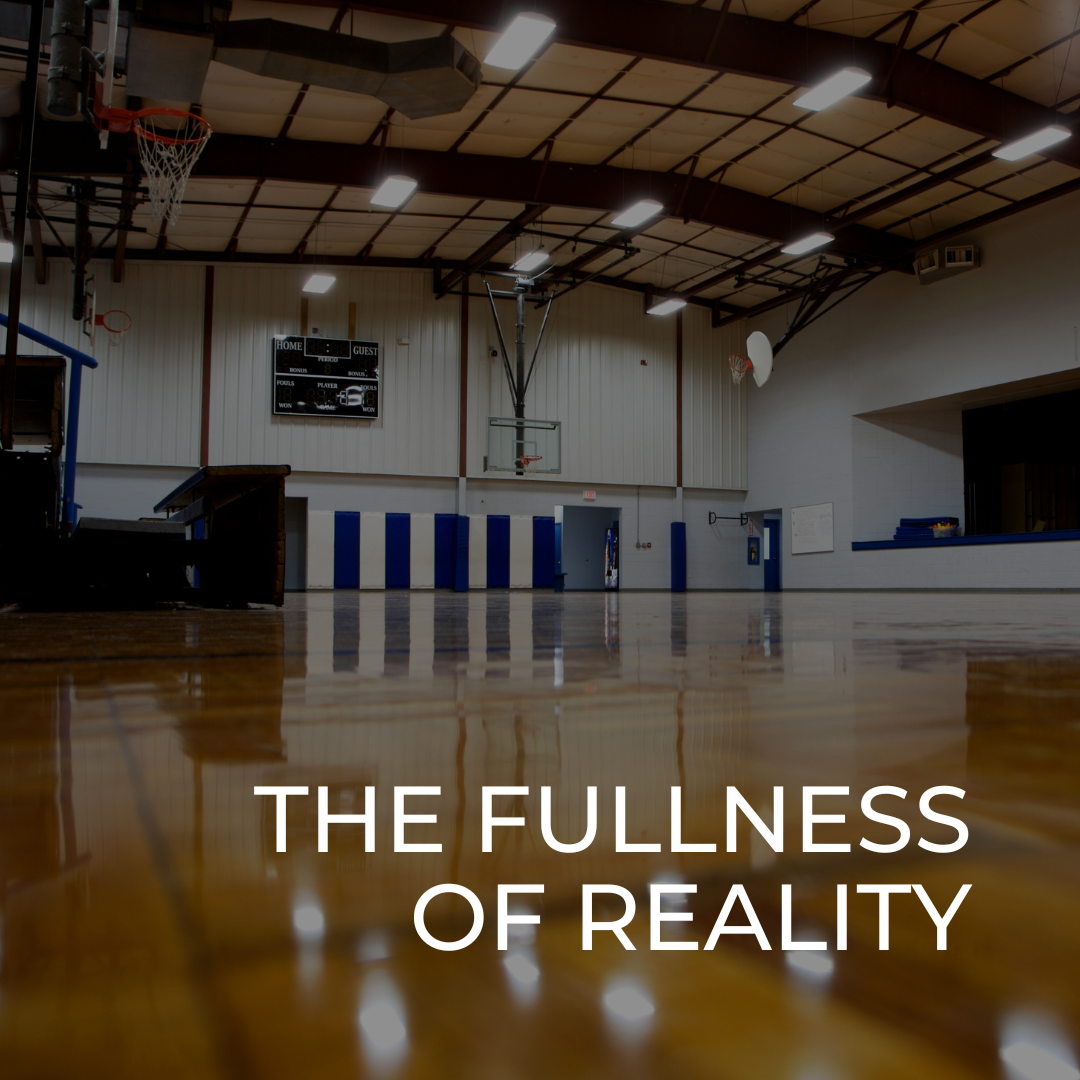
But every animal can only tap into a small fraction of reality's fullness.
— Ed Yong, An Immense World
Imagine that you've just now joined an elephant, a mouse, a robin, an owl, a bat, a snake, a spider, a mosquito, and a bee inside the confines of a cavernous high school gymnasium. Do you have the picture? There you are—each in your own way—exploring the space together. Now: imagine the lights go out. This is how Pulitzer Prize-winning science writer, Ed Yong, opens his terrific book, An Immense World, which considers how animals experience the world so differently than we do.
Back in the gym, the elephant, Yong writes, raises its trunk up high like a periscope, sensing, feeling its way across the gym. The snake flicks its tongue to pick up scents and the body heat of the other creatures nearby. The antennae of the mosquito tremble and turn as it navigates through the air after catching wind of your breath and skin. When you swat at the mosquito, it startles the mouse, which then squeaks at such a high-frequency that the bat can hear it but you and the elephant cannot.
Yong continues to play out the scenario with the snake feeling the movements of the elephant via the vibrations of the floor. Meanwhile, you hear the robin chirping next to you. Had the lights not gone out, you could no doubt see the red of the robin's breast, though the elephant can't—its eyes are restricted to yellows and blues. The buzzing bee can't see the red as you see it but experiences all sorts of colors well beyond your limited human vision. At the same time, the curved feathers around the owl's face are funneling the buzz of the wings of the bee and the mosquito into its super-sensitive owl ears. It also hears the mouse scooting across the floor guided by its twitching mouse whiskers. The snake detects the mouse too, sensing its body heat coming closer. As the snake slithers toward the little mouse, the air is disturbed, making the snake's presence known to the spider whose web acts as an extension of its own tiny body. Next, the bat, with its built-in sonar system, swoops downward from the rafters, locating the spider's exact position in its eight-legged dash across its gossamer web. Last of all, the red-breasted robin, sensing the hum of the Earth's magnetic field beneath the gym, pivots in a new direction, and escapes through an open window, knowing somehow the climate is warmer to the south.
With this marvelous opening, Yong demonstrates not only that each animal experiences reality vastly differently from us and from one another, but that each one is, in a sense, just as we are, sealed up tightly "within its own unique sensory bubble," able to "tap into only a small fraction of reality's fullness." Along this theme, Yong continues chapter after dazzling chapter, exploring the hidden realms around us that we're unable to fully access. And as he writes about ultraviolet light and the parts of the color spectrum we can't see, as he writes about scents and tastes, heat and pain, haptics and flow, echoes and electric fields, it becomes hard not to wonder about what else might exist right in front of us, which due to our limited capacities remains just outside the grasp of our perception and full understanding. What else might we be missing? More generally, just what is this fullness of reality of which we and the other animals only experience a sliver?
Thinking about these questions after reading a little more of Yong's book, I took a walk outside trying to focus on the many things around me I know I often fail to attend. There were birds singing at all sorts of pitches from varying elevations and distances. Bugs were buzzing. Dogs were barking. There was an invisible breeze moving through the trees. Then also, there was my own breathing and an interior voice I recognize as my own operating inside the miracle we call consciousness within a medium we commonly call prayer. From my narrow sliver of reality in this world, I knocked at the door to another hidden realm in pursuit of an encounter with the One who created the singing birds, the buzzing bugs, the barking dogs, the elephant, the mouse, the robin, the owl, the bat, the snake, the spider, the mosquito, the bee, the wind, the trees, the magnetic fields, and me. And there I was left to conclude that all we experience and all that is before us—but which we can't quite yet know and can't quite grasp—is God.
God — You are the fullness of reality. Amen.
— Greg Funderburk





